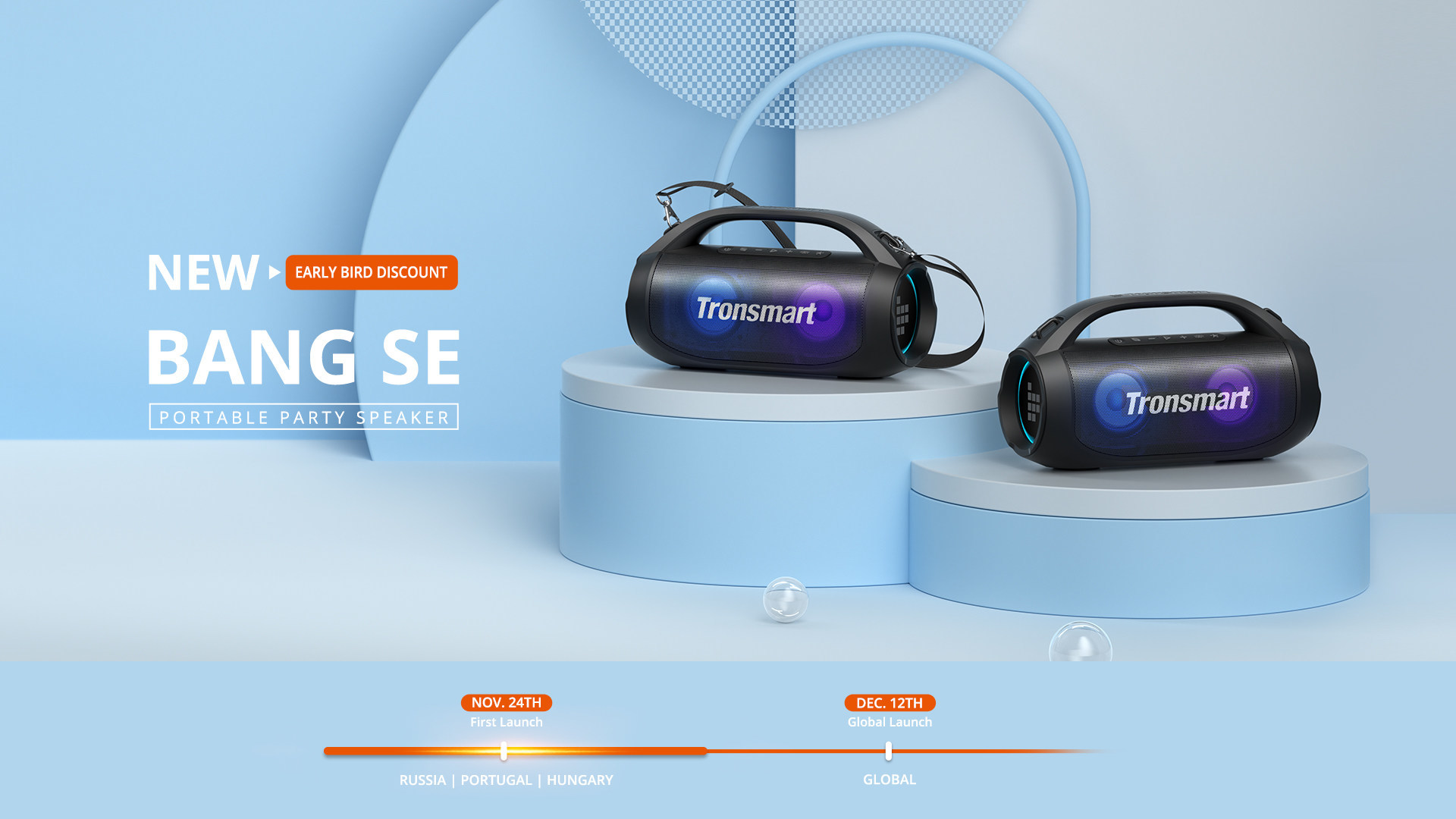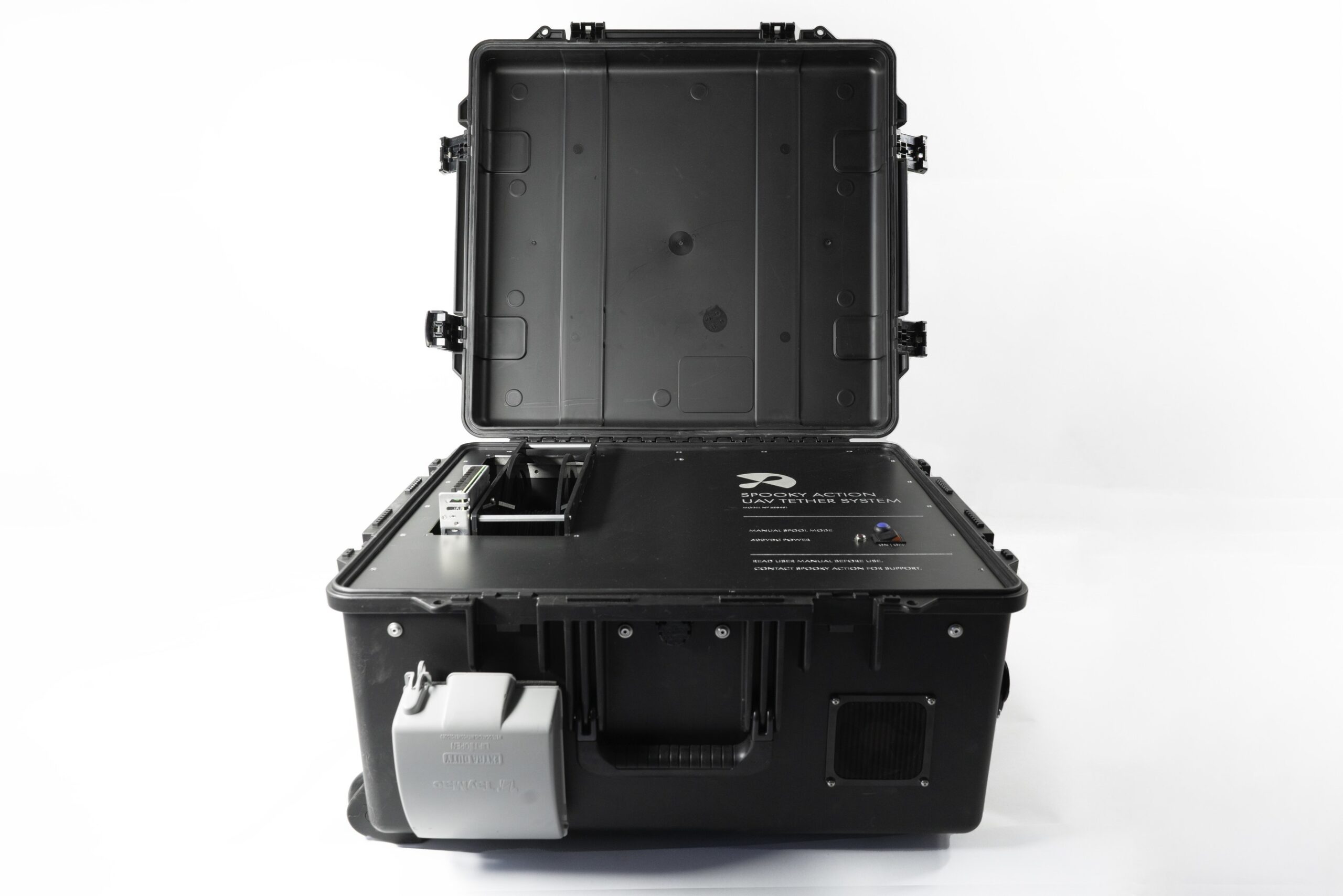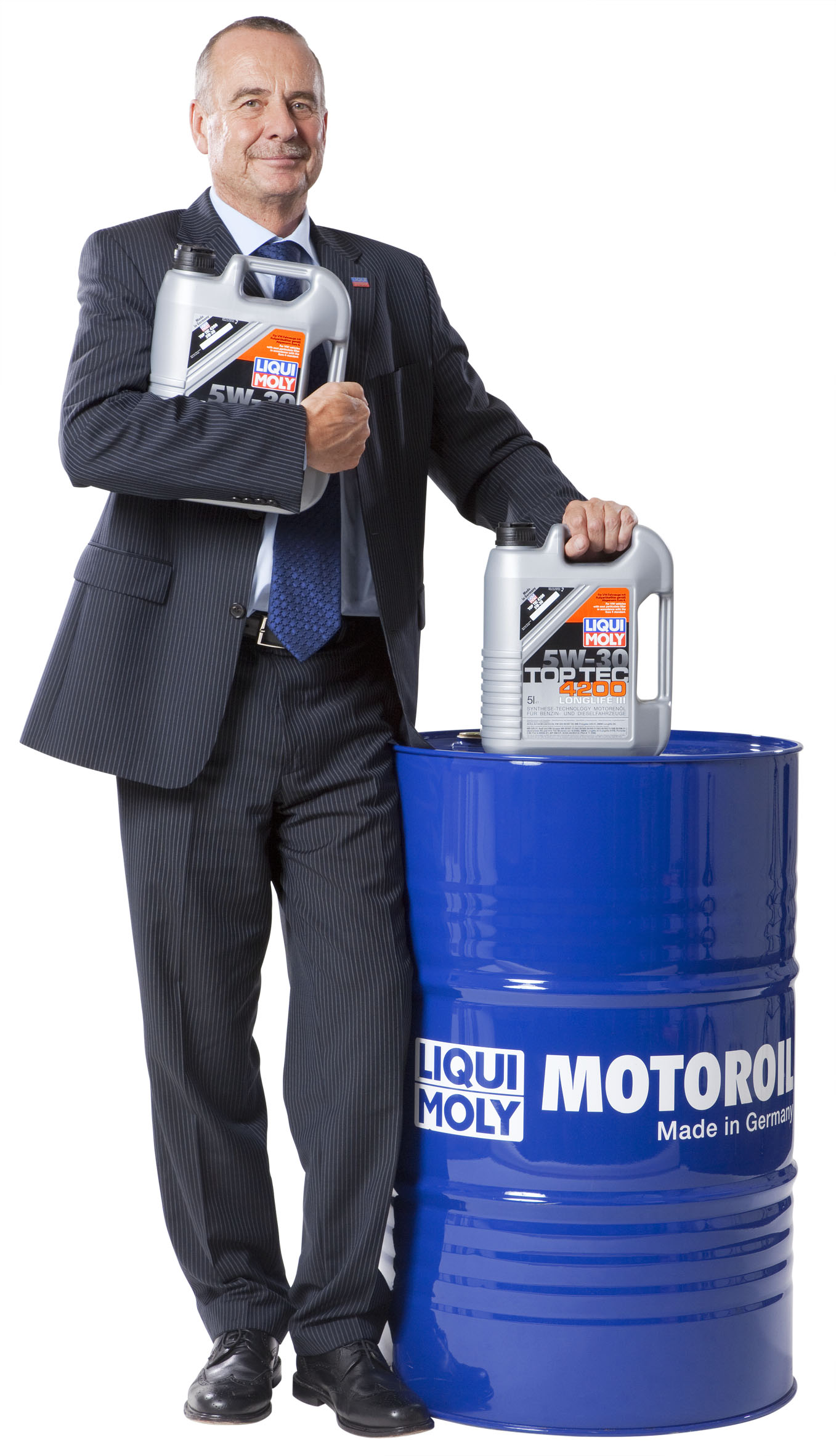AWS Announces the Next Version of Amazon Aurora Serverless, a New Capability that Makes it Easier to Migrate from SQL Server to Amazon Aurora, and an Open Source Project

Aurora Serverless v2 scales to hundreds of thousands of transactions in a fraction of a second, delivering up to 90% cost savings compared to provisioning for peak capacity
Babelfish for Aurora PostgreSQL gives customers the ability to run SQL Server applications directly on Amazon Aurora PostgreSQL with little to no code changes, saving customers from the punitive business practices common with old-guard database vendors
Coming in 2021 under the permissive Apache 2.0 license in GitHub, open source Babelfish for PostgreSQL will extend the benefits of the Babelfish for Amazon Aurora PostgreSQL translation layer to even more organizations
Intuit, Venmo, and Zendesk among customers using the new Amazon Aurora capabilities
SEATTLE–(BUSINESS WIRE)–Dec. 1, 2020– Today at AWS re:Invent, Amazon Web Services, Inc. (AWS), an Amazon.com, Inc. company (NASDAQ: AMZN), announced the next version of Aurora Serverless, as well as a new capability that makes it easier for customers to migrate from SQL Server to Amazon Aurora PostgreSQL, and a new open source project that helps even more organizations migrate off legacy databases to open source alternatives. For customers that don’t want to deal with the work associated with self-managing database capacity, Amazon Aurora Serverless v2 scales to hundreds of thousands of transactions in a fraction of a second, delivering up to 90% cost savings compared to provisioning for peak capacity. AWS also announced Babelfish for Aurora PostgreSQL, a new capability for Amazon Aurora that allows customers to run SQL Server applications directly on Amazon Aurora PostgreSQL with little to no code changes. Finally, AWS shared its plans to open source Babelfish for PostgreSQL under the permissive Apache 2.0 license and make it available on GitHub. Together these innovations make Amazon Aurora even more attractive for a wide range of workloads, and bring the benefits of Amazon Aurora and PostgreSQL to more organizations. To get started, visit https://aws.amazon.com/rds/aurora/
Old-guard, legacy databases that have been developed and used for many decades typically require a well-trained and funded support staff to run and manage them. These commercial databases offer high performance and advanced availability features, but are expensive, complex to manage, and have high lock-in. Moreover, customers that are self-managing commercial databases are often at the mercy of old-guard database vendors and the brazen tricks they play, such as imposing arbitrary and punitive licensing terms. Today, more than a hundred thousand customers are choosing to run their database workloads on Amazon Aurora because it delivers the performance and availability of the highest-grade commercial databases at one tenth of the cost, making it the fastest-growing service in AWS history. In total, more than 350,000 databases have been migrated to AWS using AWS Database Migration Service (DMS). Today’s announcements build upon this momentum by delivering the next generation of Amazon Aurora Serverless, as well as a capability to run SQL Server workloads on Amazon Aurora PostgreSQL, and an open source project that makes it even easier for more organizations to migrate from SQL Server to PostgreSQL.
Amazon Aurora Serverless v2 scales database workloads to hundreds of thousands of transactions in a fraction of a second, saving customers up to 90% compared to provisioning for peak capacity
Customers often face a dilemma when managing database capacity. If they over-provision capacity, they end up spending more money than necessary, but if they under-provision capacity, they risk application downtime. Since its launch in 2018, Amazon Aurora Serverless has been used by tens of thousands of customers as a cost-effective database option for applications that have infrequent, intermittent, or unpredictable traffic (e.g. test and development workloads). V1 of Amazon Aurora Serverless scales database capacity within five to 50 seconds by doubling capacity each time it is needed; and because it is serverless, customers don’t have to worry about managing database capacity. However, in order to run more production workloads in Aurora Serverless, customers need capacity to scale instantly and in more precise increments, and also want to take advantage of the full range of capabilities in Amazon Aurora, including using multiple AWS Availability Zones (AZs) for high availability, Global Database for low latency, Read Replicas for high performance, Backtrack for high resiliency, and Parallel Query for faster querying.
Amazon Aurora Serverless v2 provides the ability to scale database workloads to hundreds of thousands of transactions in a fraction of a second. Instead of doubling capacity every time a workload needs to scale, Amazon Aurora Serverless v2 adjusts capacity in fine-grained increments to provide just the right amount of database resources for an application’s needs. With Amazon Aurora Serverless v2, customers only pay for the capacity they consume, which can save them up to 90% of their database costs when compared to the cost of provisioning for peak capacity. Amazon Aurora Serverless v2 also provides the full breadth of Amazon Aurora’s capabilities, including Multi-AZ support for high availability, Global Database for low latency, Read Replicas for high performance, Backtrack for high resiliency, and Parallel Query for faster querying. Amazon Aurora Serverless is now ideal for a much broader set of applications. For example, Amazon Aurora Serverless can now support enterprises that have hundreds of thousands of applications and want to manage database capacity across the entire fleet, or for Software as a Service (SaaS) vendors that have a multi-tenant environment with hundreds or thousands of databases that each support a different customer. Amazon Aurora Serverless v2 is available in preview today for the MySQL 5.7-compatible edition of Amazon Aurora. To learn more, visit https://aws.amazon.com/aurora/serverless
Babelfish for Aurora PostgreSQL gives organizations the ability to run SQL Server applications directly on Amazon Aurora with little to no code changes
Autodesk, Best Western Hotels & Resorts, Dow Jones, Honda, Liberty Mutual Insurance Company, Samsung Electronics, Reddit, Venmo, and Verizon Communications are some of the customers who have successfully migrated over 350,000 databases to AWS using AWS DMS to migrate their data with minimal downtime and AWS Schema Conversion Tool (SCT) to migrate their database schema. However, once the initial database migration is complete, customers also have the onerous task of migrating their application logic. Migrating application logic requires manual coding, is time consuming, and is often tied to proprietary database commands from the old-guard database providers. As Microsoft has gotten increasingly more aggressive and manipulative with its licensing practices, customers have asked AWS to make it easier to migrate their SQL Server applications to Amazon Aurora.
Babelfish for Aurora PostgreSQL is a new capability that makes it possible to run SQL Server applications directly on PostgreSQL with little to no code changes. Babelfish for Aurora PostgreSQL provides a new translation layer for Amazon Aurora PostgreSQL that enables Amazon Aurora to understand commands from applications written for Microsoft SQL Server. Babelfish for Aurora PostgreSQL understands T-SQL (Microsoft SQL Server’s proprietary SQL dialect), so customers don’t have to rewrite all of their application’s database requests. Babelfish for Aurora PostgreSQL also understands SQL Server’s network protocol, so customers can continue using their existing SQL Server database drivers. After customers have migrated their data using AWS DMS, they simply update their application configuration to point to Amazon Aurora instead of SQL Server and start testing their application running on Amazon Aurora instead of SQL Server. Once customers have tested the application, they no longer need SQL Server, and can stop paying for their expensive, constrained licenses. Because Amazon Aurora can use Babelfish for Aurora PostgreSQL to understand SQL Server’s and PostgreSQL’s languages, customers can write application functionality using PostgreSQL and have that functionality run side-by-side with their legacy SQL Server code. To learn more, visit https://aws.amazon.com/rds/aurora/babelfish/
New open source project Babelfish for PostgreSQL helps even more organizations move away from SQL Server to PostgreSQL
Coming in 2021, Babelfish for PostgreSQL will make the source code for Babelfish for Aurora PostgreSQL available to anyone who wants to add additional features. Babelfish for PostgreSQL will use the permissive Apache 2.0 license, so organizations can use it for any purpose, distribute it, modify it, and distribute modified versions of the software under the terms of the license. All of the work and planning for Babelfish will happen on GitHub, so organizations will have complete transparency about the features AWS is working on next. To learn more, visit https://babelfish-for-postgresql.github.io/babelfish-for-postgresql/
“Customers have told us that they’re frustrated and fed up with the brazen tactics of the old-guard database vendors, when what they want to do is focus on growing their businesses. These customers want to move to open source, built-for-the-cloud databases for their simplicity and cost-effectiveness, without compromising on availability, reliability, and security,” said Shawn Bice, Vice President, Databases, AWS. “With today’s announcement of the next generation of Amazon Aurora Serverless and Babelfish, we are making it even easier for customers to leave the constraints of old-guard databases behind, enjoy the immense cost advantages of open source database engines, and choose the right database for the right job.”
Intuit is a mission-driven, global financial platform company and proud maker of TurboTax, QuickBooks, and Mint. “Millions of consumers and small businesses depend on Intuit’s applications, such as TurboTax, QuickBooks, and Mint, to manage their finances. Since its launch, Amazon Aurora has provided us with the scalability and reliability we need for mission-critical systems,” said Anshu Verma, Chief Architect for QuickBooks Online, Intuit. “We’ve enjoyed working super closely with the AWS database team to make it easier for us to manage database capacity across our Aurora deployments and optimize costs. This launch of Aurora Serverless v2 is just as much of a win for our customers as for Intuit.”
Venmo has been the app for fast, safe, social payments between friends since 2009, and is owned by PayPal, a global leader in digital payments. “At Venmo, we use Amazon Aurora to process tens of millions of transactions per day, but the volume of transactions fluctuates depending on the day and time of year,” said Nick Ciubotariu, Chief Technology Officer, Venmo. “Amazon Aurora Serverless v2 could help us ensure we don’t over or under-provision Amazon Aurora, enabling us to continue providing a great user experience for our customers while only paying for just the database capacity we need at any given time.”
Zendesk builds software for better customer relationships and empowers organizations to improve customer engagement and better understand their customers. “At Zendesk, we rely on Amazon Aurora to support over 150,000 different customers and their data,” said Kalyan Wunnava, Director of Engineering, Zendesk. “We are looking forward to Amazon Aurora Serverless v2, which has the potential to significantly simplify management of our fleet of Amazon Aurora instances, while continuing to provide the level of high performance our customers expect.”
WirelessCar is the world-leading provider of digital automotive services that enable the development of software-defined, electrical, and self-driving cars that will take us to the future of safe, smart and sustainable mobility. “We are embracing serverless architectures on AWS to be able to focus our efforts on customer value and business processes instead of worrying about the management of compute infrastructure,” said Niklas Florén, Senior Vice President, CTO & COO, WirelessCar. “We are eager to extend these serverless architectures to our relational databases through Amazon Aurora Serverless v2 and operate database workloads worry-free while using all the rich functionality offered by Amazon Aurora.”
Acquia, a SaaS provider of web content management solutions, relies on Amazon Aurora to support many of its relational database workloads. “Thanks to Amazon Aurora, Acquia has improved throughput by 30%, eliminated database downtime, and considerably reduced our infrastructure and operational maintenance overhead,” said Jake Farrell, Senior Director of Engineering, Acquia. “We are extremely excited about the new version of Amazon Aurora Serverless. The ability to instantly scale Amazon Aurora just the right amount to meet fluctuating capacity demand is very exciting and has the potential to help us provide an even better user experience to our customers while further simplifying operations and optimizing costs.”
About Amazon Web Services
For 14 years, Amazon Web Services has been the world’s most comprehensive and broadly adopted cloud platform. AWS offers over 175 fully featured services for compute, storage, databases, networking, analytics, robotics, machine learning and artificial intelligence (AI), Internet of Things (IoT), mobile, security, hybrid, virtual and augmented reality (VR and AR), media, and application development, deployment, and management from 77 Availability Zones (AZs) within 24 geographic regions, with announced plans for 15 more Availability Zones and five more AWS Regions in India, Indonesia, Japan, Spain, and Switzerland. Millions of customers—including the fastest-growing startups, largest enterprises, and leading government agencies—trust AWS to power their infrastructure, become more agile, and lower costs. To learn more about AWS, visit aws.amazon.com.
About Amazon
Amazon is guided by four principles: customer obsession rather than competitor focus, passion for invention, commitment to operational excellence, and long-term thinking. Customer reviews, 1-Click shopping, personalized recommendations, Prime, Fulfillment by Amazon, AWS, Kindle Direct Publishing, Kindle, Fire tablets, Fire TV, Amazon Echo, and Alexa are some of the products and services pioneered by Amazon. For more information, visit www.amazon.com/about and follow @AmazonNews.





